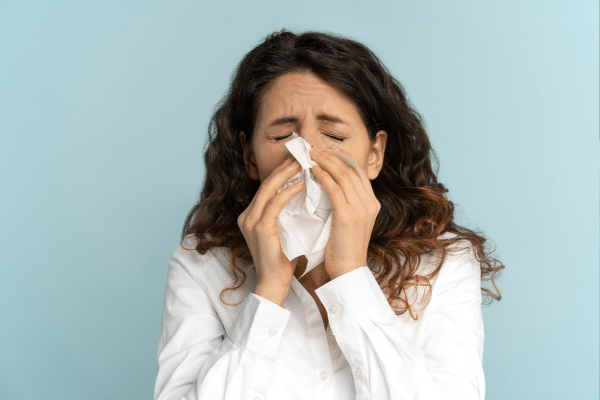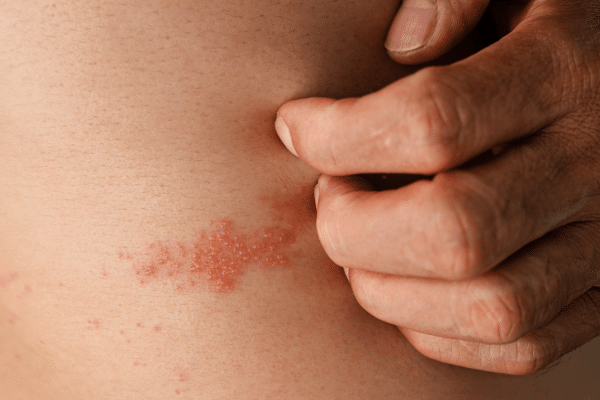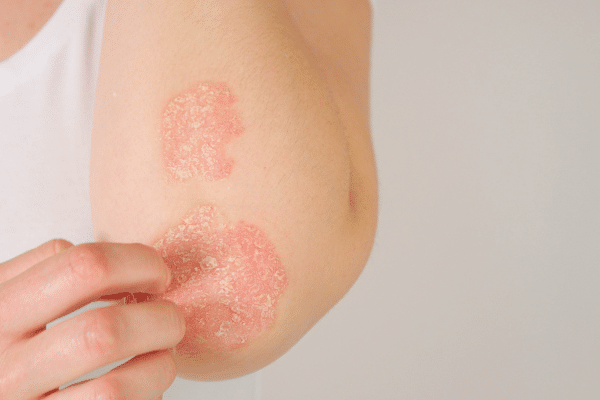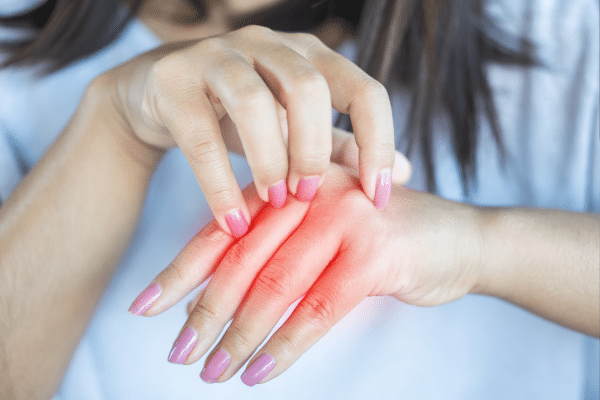Rashes are a common skin condition that can arise from various causes, ranging from allergic reactions to infections. Understanding the root cause of a rash is crucial for effective treatment and management. This blog post delves into the most prevalent causes of rashes, providing insights into their symptoms, triggers, and treatment options. By comprehending these different causes, individuals can better navigate their skin health and seek appropriate care when necessary.
Contents
Allergic Reactions

Allergic reactions are a leading cause of skin rashes. These reactions occur when the immune system responds to a harmless substance as if it were a threat. Common allergens include certain foods, pet dander, and environmental factors like pollen. The body’s response to these allergens can manifest as a rash, characterized by itching, redness, and sometimes hives. Identifying the allergen is critical in preventing future reactions and managing symptoms effectively.
When encountering an allergic rash, symptoms such as severe itching, redness, and swelling are typical. It’s essential to differentiate these from other skin conditions. Recognizing an allergic reaction promptly can prevent more severe complications. In cases where breathing difficulties or swelling of the face and throat accompany the rash, immediate medical attention is necessary. Understanding and avoiding known allergens plays a key role in prevention and ensures a swift response to any allergic episodes.
Infections

Skin rashes can also stem from various infections, including bacterial, viral, and fungal sources. Bacterial infections like impetigo are common in children and present as red sores that quickly rupture and ooze. Similarly, viral infections such as chickenpox and shingles cause distinctive rashes and are often accompanied by other symptoms like fever and fatigue. These infections can be highly contagious, making awareness and early treatment paramount.
Fungal infections contribute to a different set of rashes, often occurring in warm, moist areas of the body. Conditions like athlete’s foot and ringworm are characterized by itchy, circular rashes and can be contracted in communal areas like gyms and swimming pools. Prevention is centered around maintaining good hygiene and keeping skin dry. Treatment typically involves antifungal medications, and in most cases, these rashes can be effectively managed with timely intervention.
Heat And Sweat

Heat rash, often occurring in hot, humid conditions, is a frequent cause of skin irritation. This condition arises when sweat ducts become blocked and sweat gets trapped under the skin. Symptoms include clusters of small red bumps and a prickly or burning sensation, typically in areas of the body where clothing causes friction. Staying cool and dry is key to preventing heat rash, especially during warmer months or in tropical climates.
To manage heat rash, wearing loose, breathable clothing is recommended. In severe cases, a cool bath or application of calamine lotion can provide relief. It’s also important to avoid heavy creams or ointments that can further block sweat ducts. Keeping the affected area dry and cool helps in healing and preventing further irritation. In most cases, heat rash resolves on its own, but chronic or severe instances should be evaluated by a healthcare professional.
Medication Side Effects

Certain medications can induce rashes as a side effect. Antibiotics, anti-seizure drugs, and even over-the-counter pain relievers are among those that can cause skin reactions. These rashes vary in severity and may appear as widespread redness, bumps, or blisters. Alerting a healthcare provider to any new rash that develops after starting a medication is crucial.
Monitoring for rashes after starting new medications is vital for early detection and management. Drug-induced rashes often resolve once the offending medication is discontinued. However, some drug reactions, like Stevens-Johnson syndrome, are serious and require immediate medical attention. It’s advisable to be aware of the potential side effects of medications and to consult with healthcare providers about any concerns.
Autoimmune Disorders

Autoimmune disorders such as lupus and psoriasis can also lead to chronic skin rashes. In these conditions, the immune system mistakenly attacks healthy skin cells, causing inflammation and rash. These rashes may appear as scaly patches, red bumps, or lesions, and are often persistent and recurrent. While these conditions cannot be cured, effective management is possible.
Managing autoimmune-related rashes typically involves a combination of lifestyle adjustments and medical treatments. Regular consultations with healthcare providers, adherence to prescribed medications, and monitoring for changes in the skin’s condition are essential. Additionally, lifestyle measures like stress management and skin protection from sun exposure can help mitigate flare-ups.
Chemical Irritants

Rashes can also result from exposure to chemical irritants found in everyday products like soaps, detergents, and cosmetics. This type of rash, known as contact dermatitis, manifests as red, itchy, and sometimes blistering skin in areas that have come into contact with the irritant. Identifying and avoiding these irritants is the most effective way to prevent contact dermatitis.
To minimize the risk of contact dermatitis, choosing products labeled “hypoallergenic” or “for sensitive skin” is advisable. If a rash develops, removing the irritant and washing the area with mild soap and water can help. For persistent or severe cases, a healthcare provider may recommend topical corticosteroids or other treatments to reduce inflammation and discomfort.
Environmental Factors

Environmental factors like exposure to plants such as poison ivy or extreme weather conditions can also cause skin rashes. These rashes are usually a result of direct skin contact with an irritant or allergen in the environment. The resulting rash can be itchy, blistering, and uncomfortable. Awareness of one’s surroundings and protective clothing can reduce the risk of such rashes.
For treatment, over-the-counter creams and lotions can provide relief from itching and discomfort. In more severe cases, prescription medications may be needed. Avoiding known irritants and taking precautions when outdoors, especially in areas known for poisonous plants, is important. Staying informed about potential environmental skin hazards can aid in prevention.
The Bottom Line
Skin rashes are a common ailment with a variety of causes, from allergic reactions to environmental factors. Recognizing the cause of a rash is crucial for effective treatment and prevention. While most rashes are harmless and resolve on their own, some can indicate a more serious condition. It’s important to consult a healthcare professional for persistent, severe, or concerning rashes. Remember, timely diagnosis and appropriate treatment can greatly alleviate discomfort and prevent complications. Awareness and understanding of the various causes of rashes empower individuals to take charge of their skin health.


